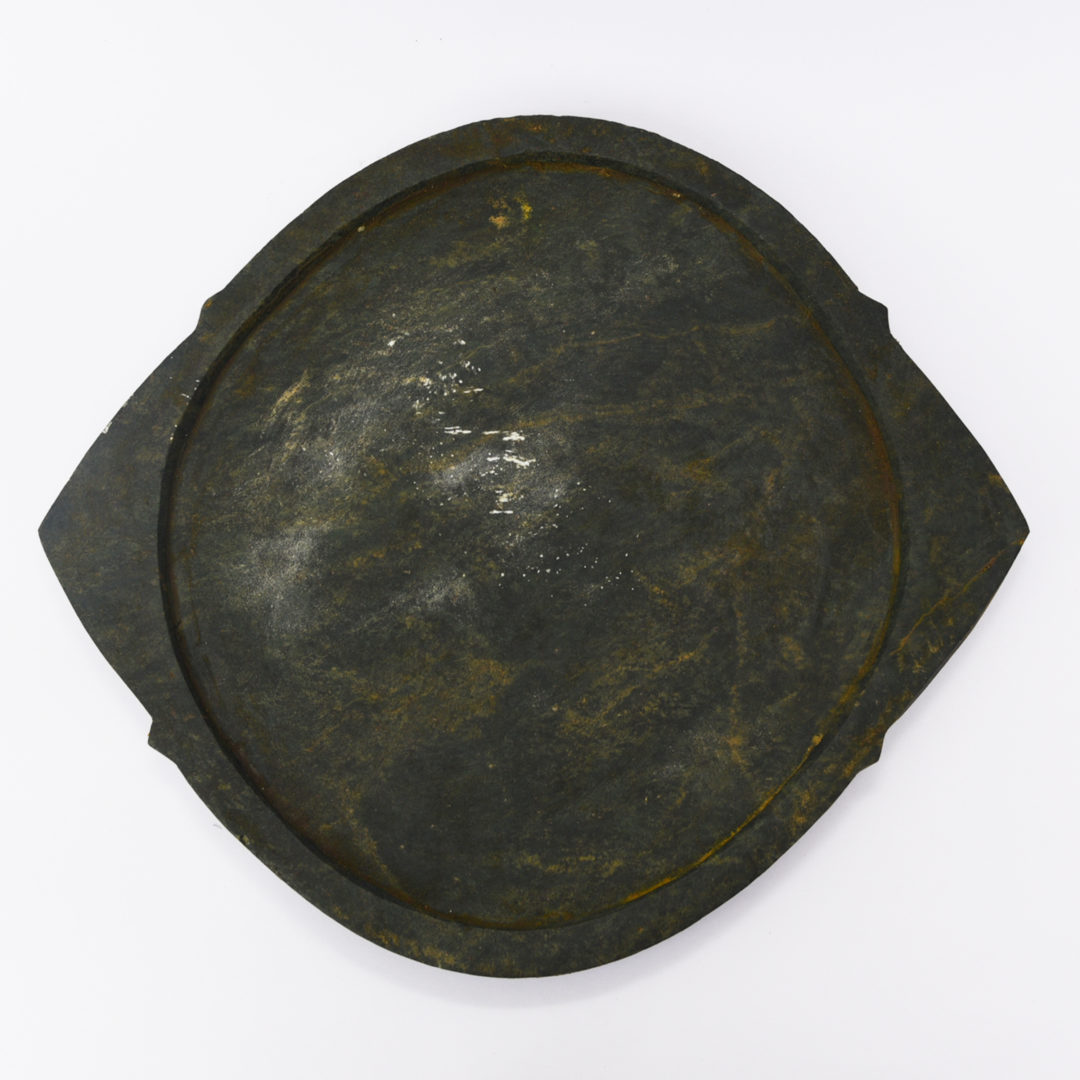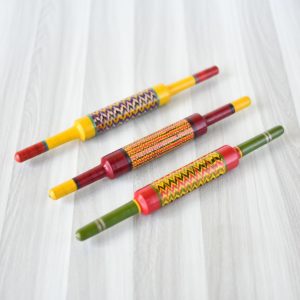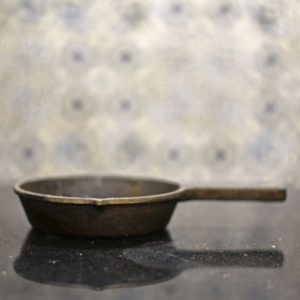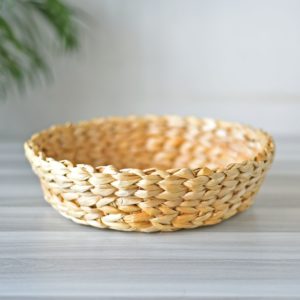A lot of us have seen soapstone vessels in our grand mom’s kitchen or in our native villages. But never have used one personally. But with the availability of soapstone vessels today, it is best to know and learn how to use it before pouncing head first. It is not complex trigonometry, but there is a certain way to use these vessels.
We sell “seasoned” soapstone vessels. If you have questions as to what “seasoning” means, kindly go click on the following link to understand it better
-
 Seasoned Soapstone Handi₹2,585.00
Seasoned Soapstone Handi₹2,585.00 -
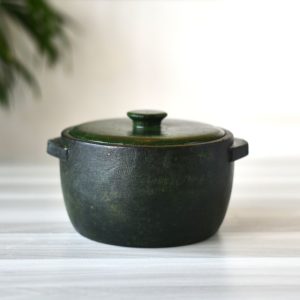 Seasoned Soapstone Cook Pot with Lid₹2,285.00 – ₹5,285.00
Seasoned Soapstone Cook Pot with Lid₹2,285.00 – ₹5,285.00 -
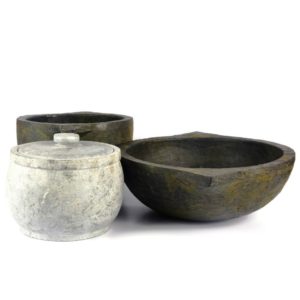 Seasoned Soapstone Cook Pot, Seasoned Soapstone Kadai & Soapstone Curd Jar ComboProduct on sale₹6,745.00
Seasoned Soapstone Cook Pot, Seasoned Soapstone Kadai & Soapstone Curd Jar ComboProduct on sale₹6,745.00 -
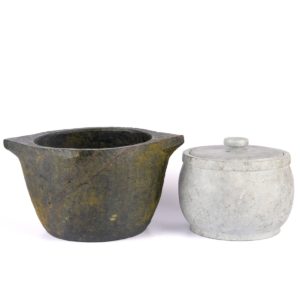 Seasoned Soapstone Cook Pot & Soapstone Curd Jar ComboProduct on sale₹2,375.00 – ₹3,985.00
Seasoned Soapstone Cook Pot & Soapstone Curd Jar ComboProduct on sale₹2,375.00 – ₹3,985.00 -
 Seasoned Soapstone Cook Pot & Seasoned Soapstone Kadai Combo₹5,890.00
Seasoned Soapstone Cook Pot & Seasoned Soapstone Kadai Combo₹5,890.00 -
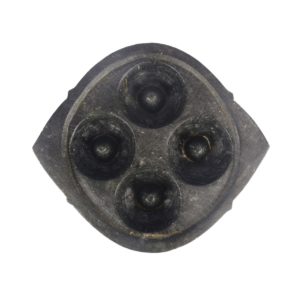 Soapstone Conical Paniyaram KalProduct on sale₹1,135.00
Soapstone Conical Paniyaram KalProduct on sale₹1,135.00 -
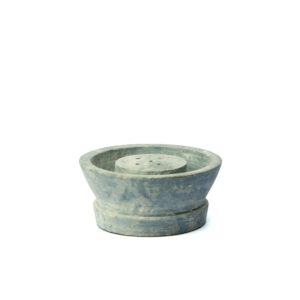 Soapstone Incense Stick Stand₹245.00
Soapstone Incense Stick Stand₹245.00 -
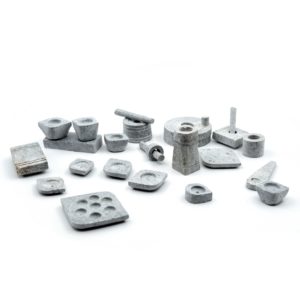 Soapstone Choppu Set( Children kitchen play set)Product on sale₹545.00
Soapstone Choppu Set( Children kitchen play set)Product on sale₹545.00 -
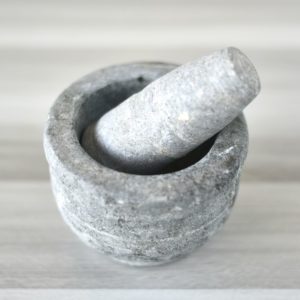 Soapstone Mortar and Pestle₹650.00 – ₹1,220.00
Soapstone Mortar and Pestle₹650.00 – ₹1,220.00
Seasoned soapstone vessels can be used directly on the gas stove after purchase. Be it a soapstone dosa tawa or a soapstone kadai, once seasoned, it can be used directly on the gas stove. But caution is always needed. These are basically made of stone and what happens to stone when heated? It expands leading to cracking. But this does not happen to our vessels because we have seasoned them. But still, to start getting used to soapstone vessels it is always a good idea to start slow.
First step to follow after you purchase a soapstone cook pot or kadai should be to wash, scrub and clean the pot well with any regular dish wash agent and scrub pad. Then dry it with a cloth. Apply any cooking oil on the insides and allow to soak for about 30 minutes. Then to start with boil vegetables or dal in your cook pot or kadai. Add water to the cook pot, switch on the gas stove and add your dal or vegetables and cook them. This gives you a safe opportunity to learn the heating speed, temperature of the pot and other basic characteristics of the soapstone vessel. Once the vegetables or dal is about 3/4th cooked. You can turn off the cook pot and put a lid on top. The heat retained in the stone vessel will cook the contents to the fullest.
Follow this for about 3 to 4 times at least, before you start off with a sambar or a Rasam or any curry for that matter. When you make a curry, do not put to an empty cook pot or kadai on the flame and pour oil into it. This will definitely lead to cracking. If you have to make a tadka and fry onions as the first step in that dish recipe, please do that part in a different vessel and add it to a cook pot and continue with cooking in it for the rest of the preparation. This will help in seasoning it even better. After a couple months of this routine, your cook pot will be well seasoned and ready for cooking any dish completely in it.
When it comes to using a dosa Kal or Paniyaram Kal for the first time, wash and clean thoroughly. Pat dry with a cloth and apply cooking oil on the cook area. Then let it soak for about 30 mins. Then put the Kal on the gas stove and turn the flame on low. Keep checking the surface for optimal heat and add the batter to it once temperature is perfect. Once the dosas or Paniyarams are made and done, the and after turning off the flame, leave the Kal on the stove for a good 30 mins before removing from the stove. These are heavy and therefore caution is needed to remove when they are hot. It is better to remove once the Kal or pots have cooled off.
Another word of caution is not to pour cold or room temperature water into a hot pot. This will also lead to sudden cooling of the vessel thereby cracking.

